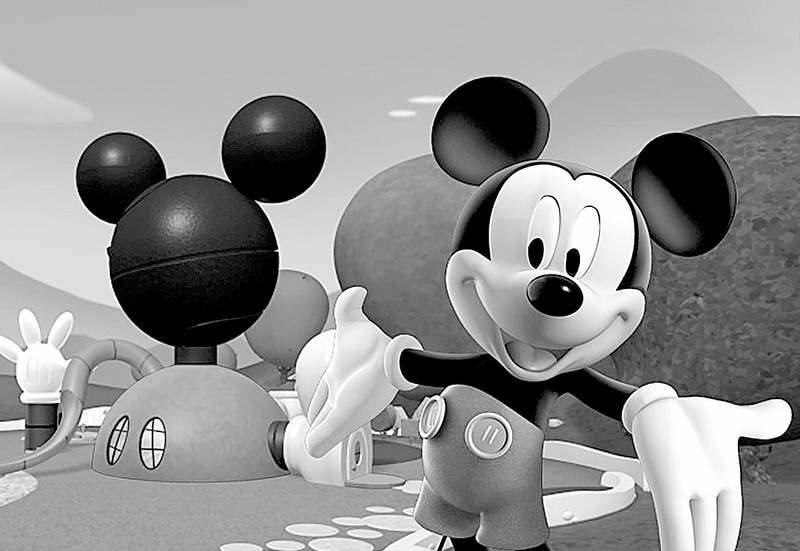Disney plans invasion of Russian TV
Published 4:00 am Thursday, December 18, 2008

- “Mickey Mouse Clubhouse,” pictured, “Hannah Montana” and other Walt Disney shows will be widely available on television in Russia if final approval is received from the Russian government.
LOS ANGELES — The Walt Disney Co. may have unlocked the doors to one of the world’s last untapped media megamarkets.
Disney said Tuesday that it would introduce a broadcast version of the Disney Channel in Russia, a market the company has identified as part of its growth strategy and one that Western entertainment companies have been trying to crack for a decade with little success.
“We believe there is vast growth to come out of this market, despite the near-term economic turmoil,” said Andy Bird, president of Walt Disney International.
The 24-hour branded channel, set to make its debut next year, will immediately give Disney a larger entertainment foothold in Russia than any of its rivals, analysts said. The closest is Viacom, which licenses certain MTV content to a broadcast channel owned by a Russian media company. Other channels, like VH1, appear on cable and satellite, but those delivery routes reach only about 5 percent of the country.
Disney plans to introduce its channel by working with Media-One Holdings Limited, a Russian broadcaster that operates 30 television stations that reach 75 percent of the country and the bulk of its population.
Disney and Media-One will operate the channel via a newly created joint venture company. In return for a 49 percent stake in the company, Disney will invest cash and provide programming and marketing.
The channel, which has preliminary support from regulators but must still obtain final approval from the Russian government, will be anchored by Disney programming like “Mickey Mouse Clubhouse” and “Hannah Montana.” The channel will also run programming created in Russia, a component that will become of greater importance as the channel establishes itself, Bird said.
Disney’s channel has long been crucial to its foreign expansion strategy. Typically, the company seeks to introduce the Disney Channel to a new market so it can deliver its brand directly into people’s homes. Executives in turn use that foothold to foster interest in Disney theme parks and consumer products. The Disney Channel is available in 22 languages across 135 countries.
But Russia has proved difficult for Disney to navigate because of bureaucratic hurdles and restrictions on foreign media. Efforts to place Disney programming on free television have gained traction only in the last year.
In December 2007, the state broadcaster Channel One agreed to show “The Wonderful World of Disney” once a month; in April, an independent local broadcaster agreed to show films like “The Incredibles.”






